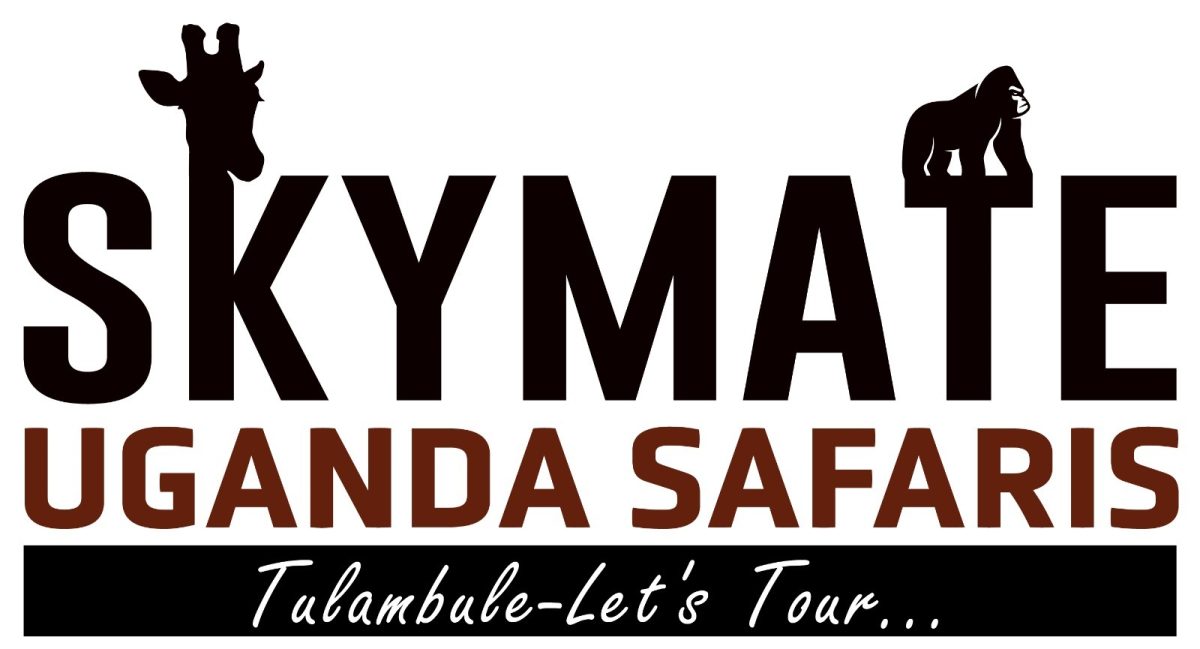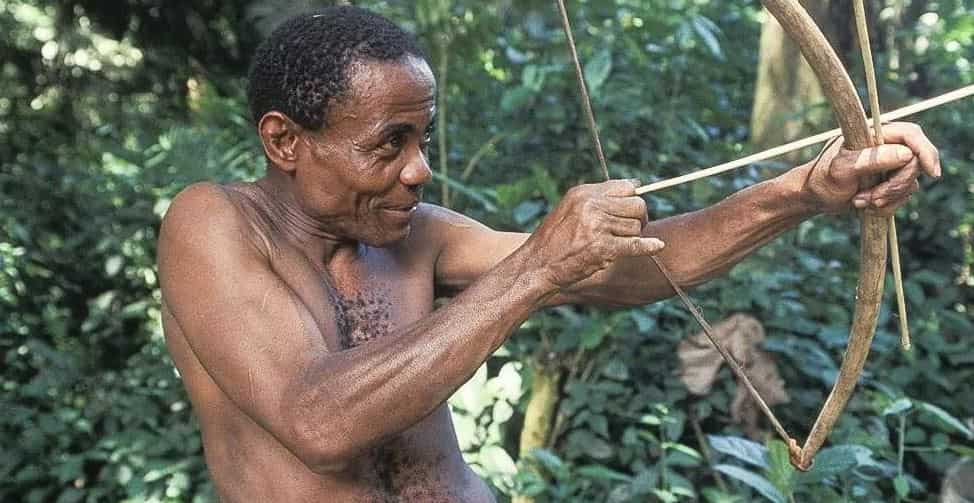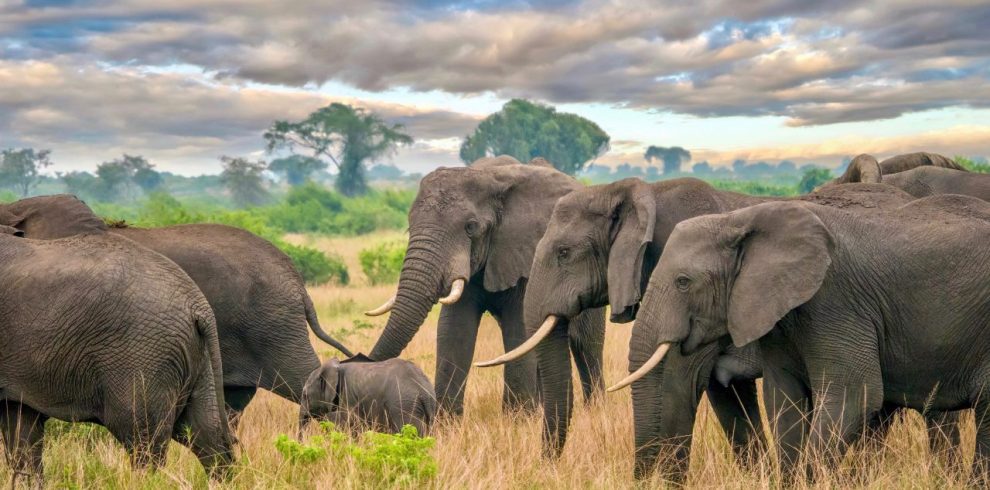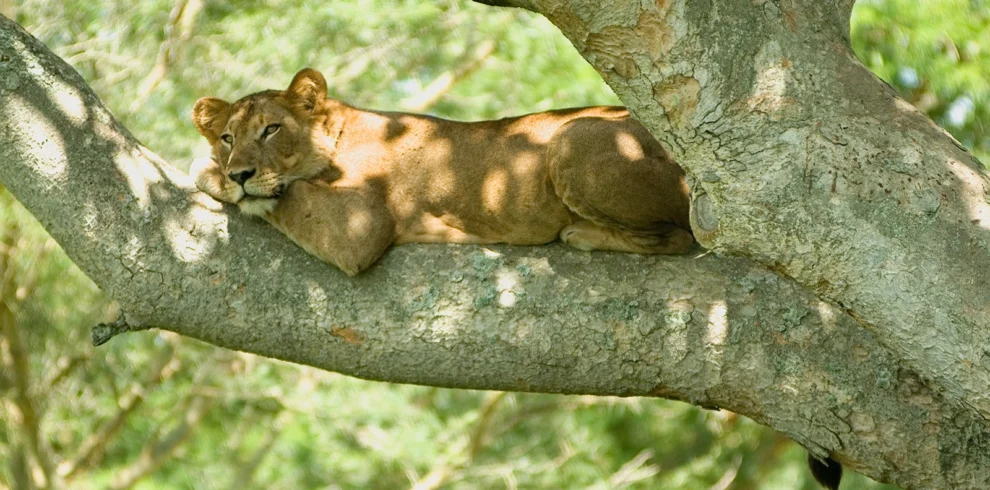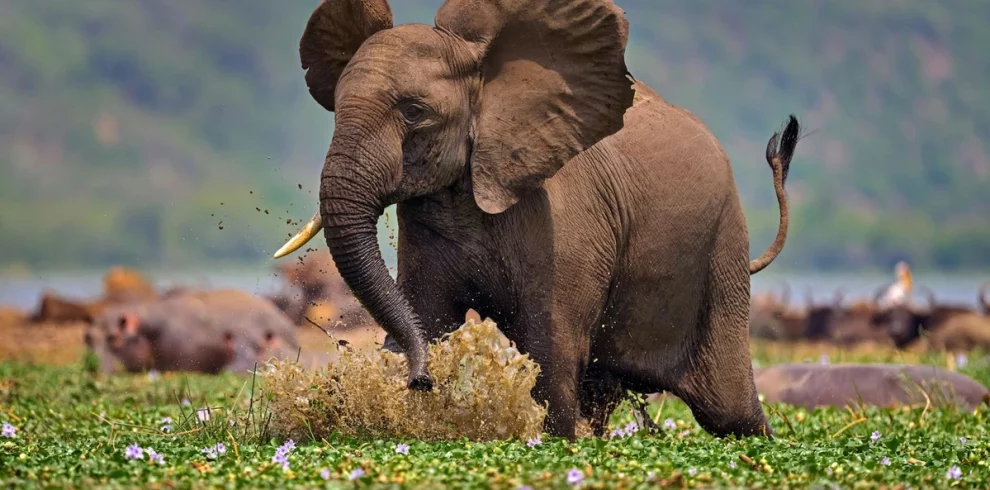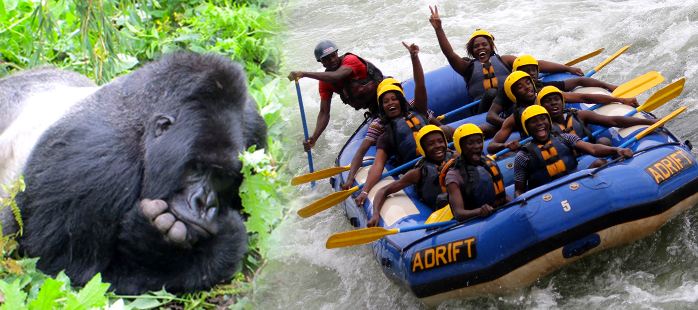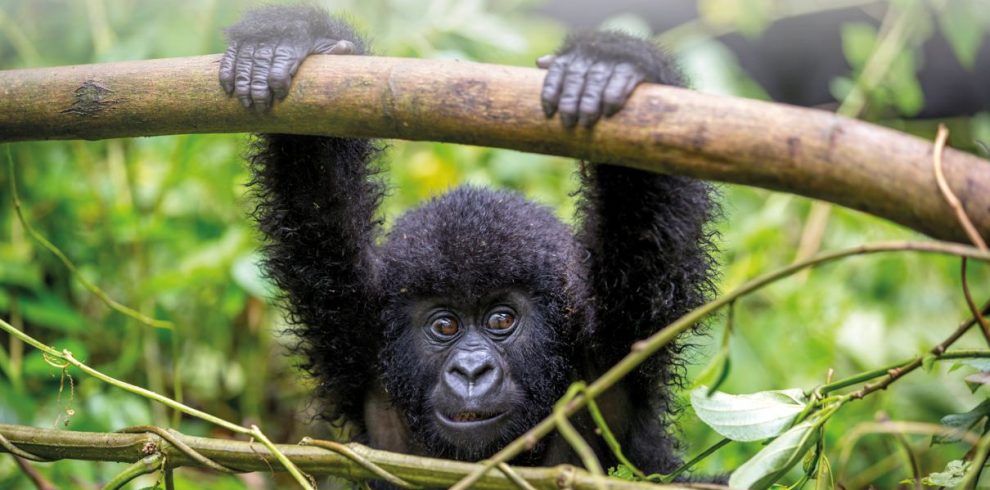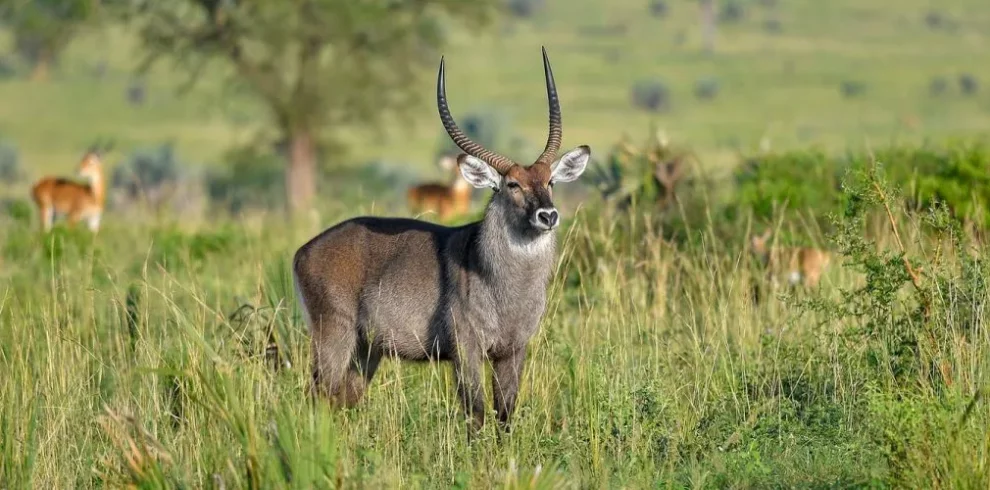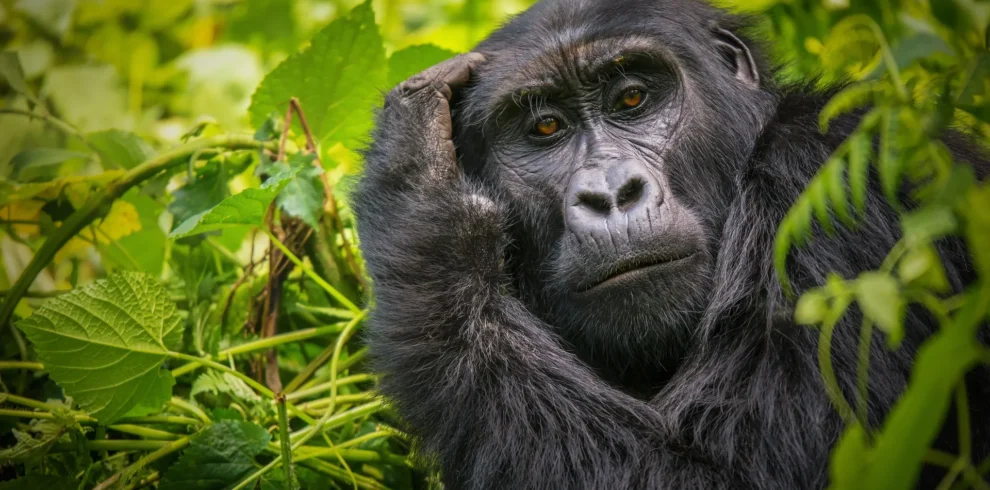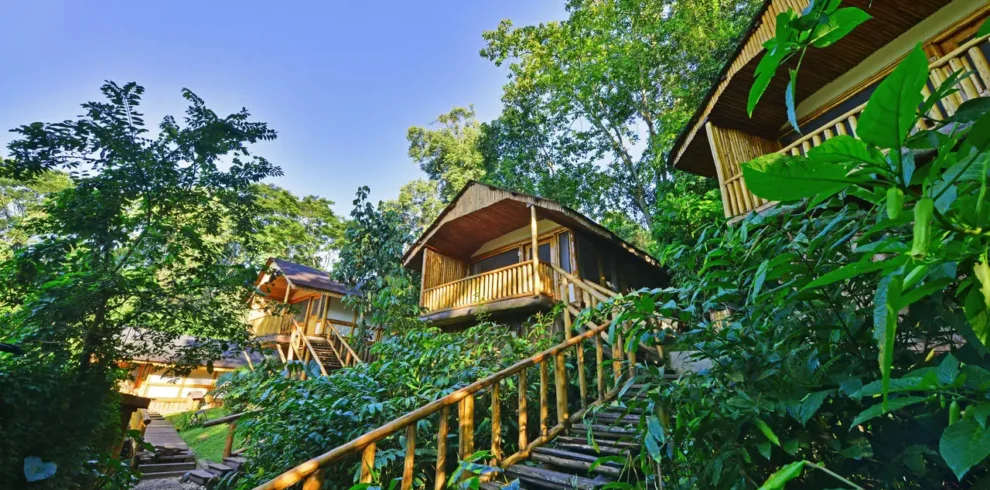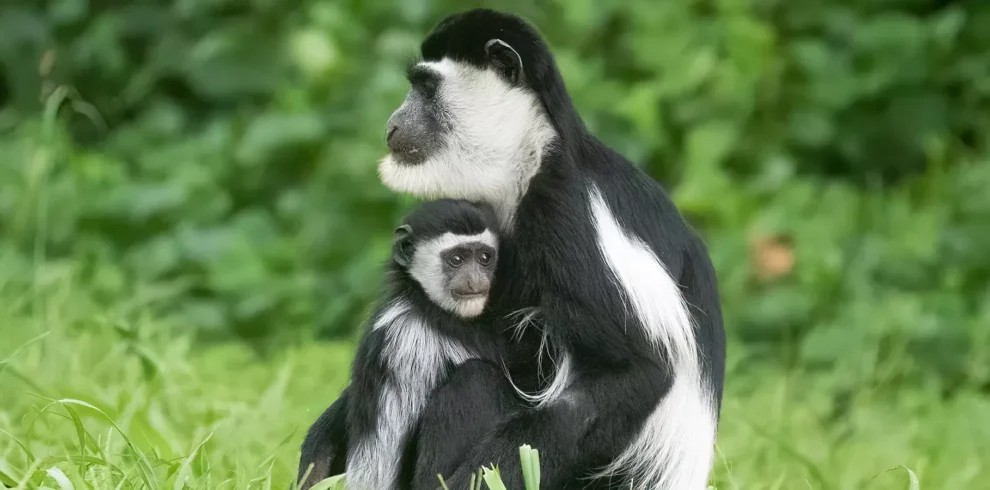Enjoy Amazing Batwa Cultural Experience At Bwindi Impenetrable National Park And Mgahinga Gorilla National Park
A highlight for many Uganda Safaris to Bwindi Impenetrable Forest and Mgahinga Gorilla National Parks is the chance to see the endangered mountain gorillas. But there is another reason to take the trip: the Batwa Tribe.
On the fringes of these great Uganda gorilla safaris parks are the last surviving members of the Batwa Pygmy tribe that once flourished in the forests.
The cultural tour of their community is not only a way to learn more about their fascinating ancient hunter-gatherer culture, but a way to support a people whose ancient way of life has been almost totally wiped out by modernization.
Did You Know?
In 1906, the Bronx Zoo in New York City introduced what they called the most interesting sight in the Bronx into the gorilla cage. It was a teenage boy named Ota Benga, a man whose only sin was coming from a Pygmy tribe in Africa.
Considered less than a human, Ota Benga was grossly mistreated, abused, and in all possible forms discriminated against during his time in America.
He ended up shooting himself 10 years later in 1916.
Today, such behavior would be seen as outrageous and unthinkable. However, the situation for the pygmies, especially the Batwa Pygmies in Uganda, has not changed so much.
Who Are The Batwa People?
Casually referred to as pygmies, the Batwa are a hunter-gatherer tribe who lived peacefully and happily in the ancient rainforest jungles of Uganda, Rwanda, and the Democratic Republic of Congo for thousands of years.
They are one of Africa’s oldest indigenous tribes still in existence.
Some anthropologists estimate that pygmy tribes such as the Batwa have existed in the equatorial forests of Africa for more than 60,000 years.
These people have a truly unique relationship with Africa’s rainforest and believe in a legend passed down generations that their god Nagasan entrusted them with the responsibility of being the Keepers of the Forests.
How Batwa Survived in The Jungles?
Food and clothes
The Batwa Tribe lived a typical hunter-gatherer lifestyle: the men used simple spears or bows and arrows to catch monkeys, birds, small antelopes, and bush pigs, while the women foraged for fruits, berries, and wild honey.
They relied entirely on the rainforest for their existence, living in grass huts and dressing in the skins of the animals they killed and sometimes from tree barks.
During the hunt, it was prohibited to kill gorillas, chimpanzees, and other apes that resemble humankind. The Batwa believed that such animals were relatives of humankind.
Sleeping
The Batwa used to sleep either in caves, small huts, on bent tree trunks, or tree branches. On cold nights and during family gatherings, they preferred to sleep in caves. This way, they would light a fire, for light and warmth. The fire would also scare away dangerous animals.
Medicine And crafts
Since the Batwa people depended on forests for survival, their habitat was their source of the medicines they needed for the treatment of different illnesses. The Batwa had proper knowledge of which herb treated which ailment.
Culturally, women were not allowed to participate in hard tasks. However, it was their duty to weave baskets, and mats, among other crafts for home use.
Courtship And Marriage
Whenever a male from one Batwa community fell in love with a female, the former would take honey as bride price to the would-be wife’s family.
He would also hunt for a rare species of bird and deliver it to the woman as a special gift, seeking her hand in marriage. Once the couple agreed to marry, the two would move to another location to start a family.
Leadership and faith
The eldest in a Batwa community, regardless of gender, would automatically qualify as their leader (Omugurusi). This one would subsequently give counsel, as well as solve disputes.
The Batwa worshiped a god whom they referred to as Nagasan.
They would occasionally meet under a certain tree to worship their god, which was perceived to be a quick connection between them and their god. This is why the tribe conserved trees.
Eviction of the Batwa from the Forests
As the rainforest jungles were cut down to create farmland by the surrounding local communities, the Batwa people in Uganda were pushed back into smaller and smaller areas.
Eventually, in the 1930s, the remaining forests were declared protected reserves by the British colonial government.
Though this move prevented further deforestation and provided much-needed protection for the critically endangered mountain gorillas, it all but removed the Batwa’s legal claims to the land they lived on for centuries.
The final blow to the Batwa Tribe came in 1991 when the reserves were turned into Mgahinga Gorilla National Park and Bwindi Impenetrable National Park.
The Batwa were evicted from the gorilla national parks and relocated to the nearby communities outside the forest.
The Life after Eviction
Hunter-gatherers by tradition who utterly depended on the forests to survive, the Batwa People had no means and skills to adapt to modern life.
In fact, the government of Uganda gave some Batwa families farmland. Unfortunately, they didn’t know how to cultivate nor were taught how.
They suffered terribly and many Batwa died during the early years of exile, and the tribes very existence was severely threatened.
The Batwa Development Program
The marginalization, extreme poverty, hunger and particularly high mortality reduced the number of the Batwa to about 3,000 people. This caught the attention of several international and local organizations.
At the beginning of 2001, American medical missionaries Dr. Scott and Carol Kellermann dedicated themselves to serving the Batwa for nearly a decade.
The Kellermanns bought land and set up the Batwa Development Program (BDP) to improve conditions for the tribe – home-building, schools, a hospital and clinics, water and sanitation projects, income generation, and the promotion of indigenous rights.
In 2002, another organization, the United Organization for Batwa Development (UOBDU) was established to help with supporting activities that help in income generation, land, housing, forest access, benefit sharing, education and adult literacy.
The Batwa in Uganda Today
Though Batwa People suffered terribly and fell prey to early exploitative tourism, this is changing, and albeit ironically, tourism holds the key to the survival of these fascinating people and their ancient culture.
Uganda Wildlife Authority (UWA) and NGOs like the Batwa Development Program have developed sensitive and conscious tourism encounters that allow the Batwa to introduce visitors to the forest as their guests.
Also, young Batwa are going to school and understand that the best way to move forward in this new reality is through education.
Additionally, UNESCO has taken a more active role in promoting land rights for Batwa inside the national parks. They understand that the Batwa can’t go back there, but they know their connection to the parks and their knowledge of these protected areas.
They are helping the Batwa become park rangers in Bwindi and Mgahinga something that introduces the Batwa into modern society and gives them more respect among Ugandans.
These are short steps while the clock is ticking.
However, with more awareness of people living outside of Africa and more support from prominent organizations like UNESCO and UWA, hopefully, the Batwa can take control back and stop being seen as second-class humans.
Visiting the Batwa People
The Batwa Experience, eco-tourism at its best, is a hands-on adventure created by the displaced Batwa pygmies to educate their children and to share their amazing heritage and traditions with the world.
There are small Batwa villages, normally consisting of no more than half a dozen families, dotted around the edges of both Mgahinga and Bwindi and nearby Lake Bunyonyi.
Many of them welcome visitors, so the details of your experience may vary depending on where you go.
Batwa Cultural Experience at Bwindi
If you are already in Bwindi to see the gorillas, then a Batwa Cultural Experience there can dovetail nicely with your morning gorilla trekking adventure.
With luck, you will spend no more than 3-4 hours finding your gorilla family, leaving the afternoon free to spend time with the Batwa.
You will enjoy their displays of traditional hunting and fire-making skills, as well as music performed on wooden instruments and animal-skin drums.
You’ll also learn how they build their huts, including the high-up nests they build in trees to protect small children from marauding predators.
You might also like: Things to Do in Bwindi Before or after Gorilla Trekking
Batwa Cultural Trail at Mgahinga
At Mgahinga Gorilla National Park you can take the Batwa Cultural Trail, a gentle 4 to 5 nature walk through the forest accompanied by Twa guides.
You will get an opportunity to learn some of their secrets such as lighting fire by rubbing sticks together, the bivouac building that they lived in; hunting and trapping techniques; target practice with a bow and arrow; how to fetch water in a bamboo cup; food gathering – nutritious leaves, plants, berries that are found in the forest; as well as plants, roots, herbs, and bark from trees that they used as medicine for centuries.
The trail ends at Garama Cave, a 200m-long lava tube, where members of the tribe perform spine-tingling songs and music in the echoey darkness of the cave.
Conclusion
Life is still very uncertain for the Batwa Tribe. The NGOs are lobbying the government for proper compensation for the displaced communities and working to restore their rights of access to the forests on which their livelihoods depend.
However, progress is slow. But there is hope: Batwa children are now going to school and beginning to integrate into local communities.
And increased awareness of the Batwa’s plight has focused more attention on helping to solve their problems. Projects like these cultural encounters also offer a chance for the Batwa to benefit directly from the tourists who arrive daily to visit Uganda’s famous gorillas.
As the community learns more about what they can offer, and visitors become more aware of the remarkable experience available, opportunities for both sides to benefit can only increase. It may not be much, but it’s a start.
Spending time with the Batwa People is not just a fascinating opportunity to learn about centuries-old nomadic forest living, but a rewarding introduction to a proud community that will leave you feeling both inspired and moved.
